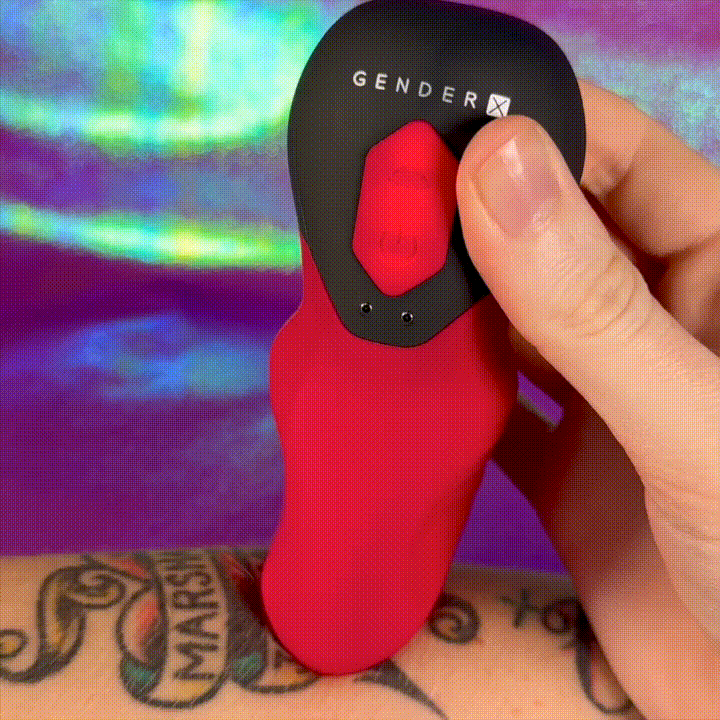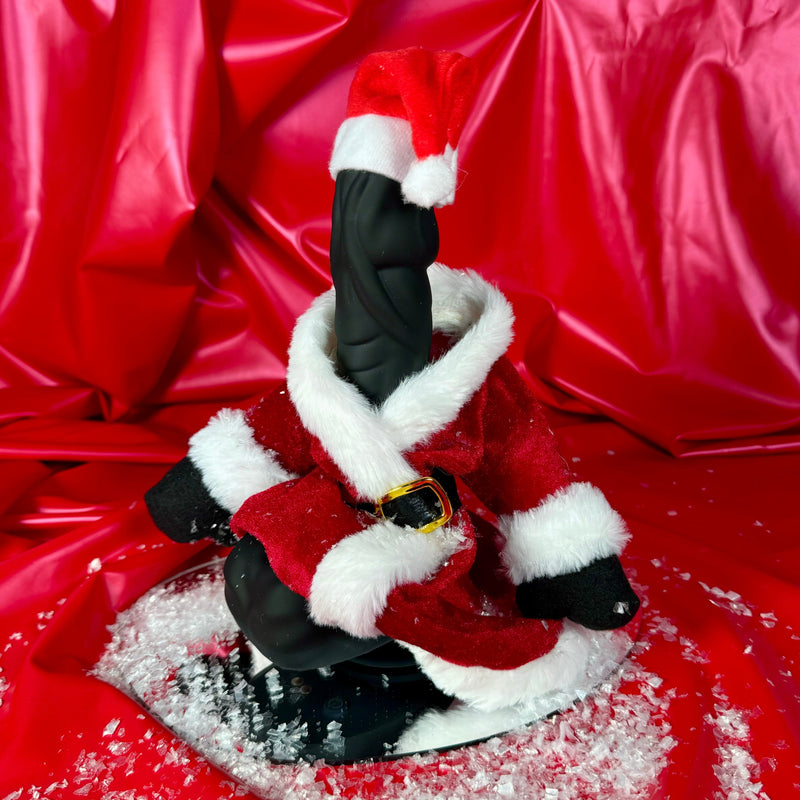
What is a Breast Self-Exam and Why Are They Important?
Currently a person with breasts has a 1 in 8 chance of developing breast cancer. While there are many factors that seem to be contributors to developing the disease, we still haven’t figured out methods to prevent breast cancer. With this being said, there are ways to help with early detection and treatment, including breast self-exams, that can improve chance of survival and recovery. 40% of diagnosed breast cancers are from people finding a lump, bump, or growth during a breast-self exam. Breast-self exams are also a great way to further understand your body and have more agency over your health.
A breast self-exam is a simple method of checking your own breasts for any abnormalities. It’s a quick way to notice any changes in your breasts via a few simple moves. It’s recommended that you complete a breast self-exam monthly.
First, Let’s Get to Know Your Breasts!

Before we discuss the method, let’s first talk about the anatomy of breasts. Breasts are made up of a variety of tissues and glands that help facilitate potential milk production. Underneath the squishy layers of fats that create the fullness and shape of your breast, there are mammary glands and corresponding ducts. The function of these glands and ducts are to produce milk and delivery to the nipple if needed. Feeling your breasts, you should be able to feel these glands and ducts that make up the breast bud – they’ll feel harder than the surrounding tissue but aren’t necessarily lumpy. They also shouldn’t feel painful, though it can be common for breast to feel tender during certain times of the menstrual cycle.
The How-To
There are 3 stages to a comprehensive breast self-exam and the first one begins in the shower or bath. Warm water is a great way to relax the tissue and skin of the breast, making it ideal to examine. With the soft pads of your fingers, feel each breast one at a time, applying a little pressure as your work your way around the entire surface of the breast, into the armpit. Pay close attention to any unusual bumps, soreness, or skin textures.
Next, transition to standing in front of a mirror so you can visually inspect your breast. Move side to side and raise your arms to get a glimpse at every angle. Look for any changes in color, swelling, or extreme unevenness. Now, place your hands on your hips and flex your chest muscles. Notice is there is any puckering of the skin or dimpling area when you do. Gently squeeze your nipples and check for any discharge or pain.
Now, lay down on your back and repeat the same method you used in the shower to gradually check every area of each breast. Try to relax your muscles as you do so. For some, it can be helpful to place a pillow under your back.
When To Seek Help

As you complete your breast self-exam, there are some specific things to look out for. While these symptoms are no guarantee of a breast cancer diagnosis, if you are experiencing or find any of the following symptoms, please follow up with a doctor as soon as possible.
Things to look out for include:
- Changes in skin texture including dimples, puckering, or rash like qualities.
- Discharge from the nipple.
- Downturned, sudden retractions, or indent in the nipple.
- Lumps or Bumps
- Swelling or contour changes.
- Pain or soreness that is not consistent with typically hormonal occurrences.
While every person with breasts is recommended to complete breast self-exams monthly, you should also be getting regular breast exams conducted by a doctor. Speak to your doctor about your risk factors, including any family history of breast cancer, to decide how often these routine exams should take place.
Additional Resources
https://www.nationalbreastcancer.org/



